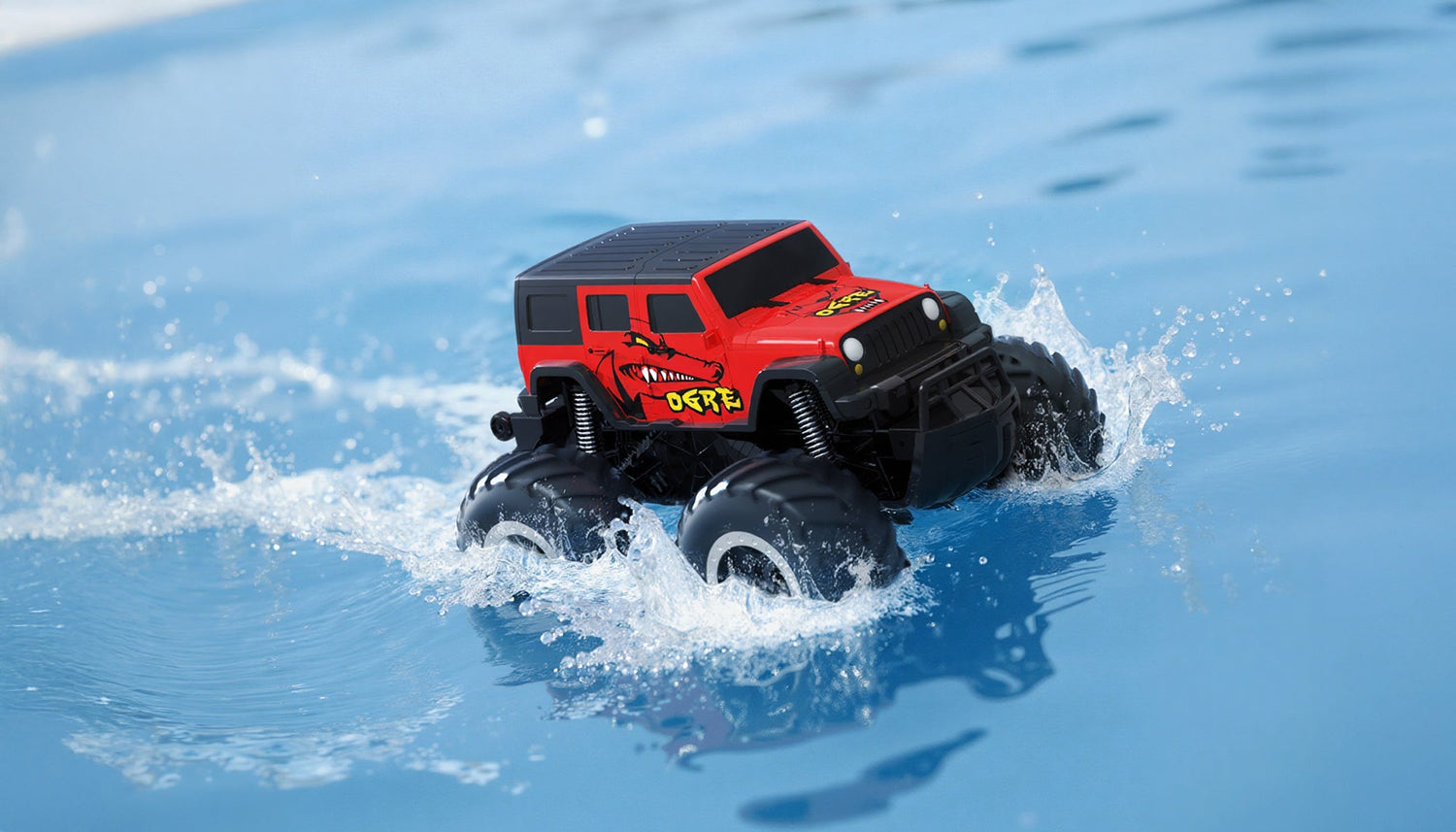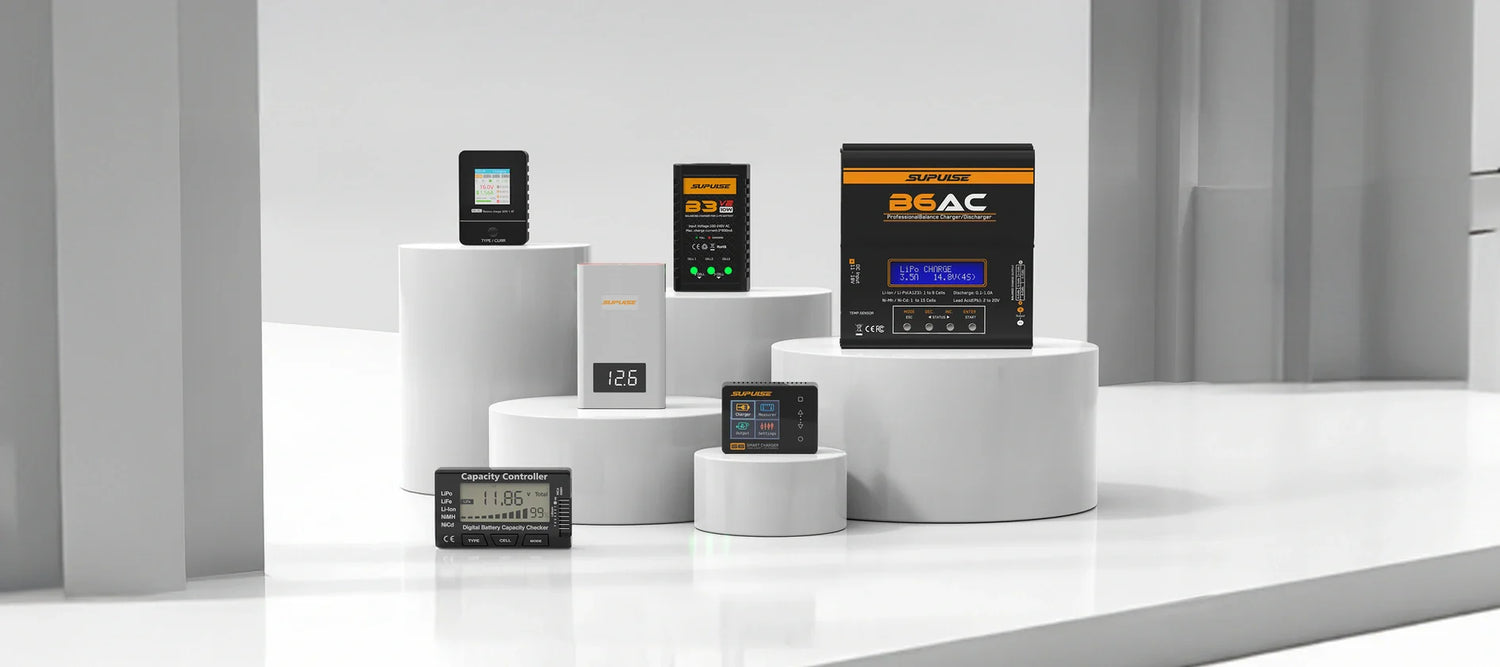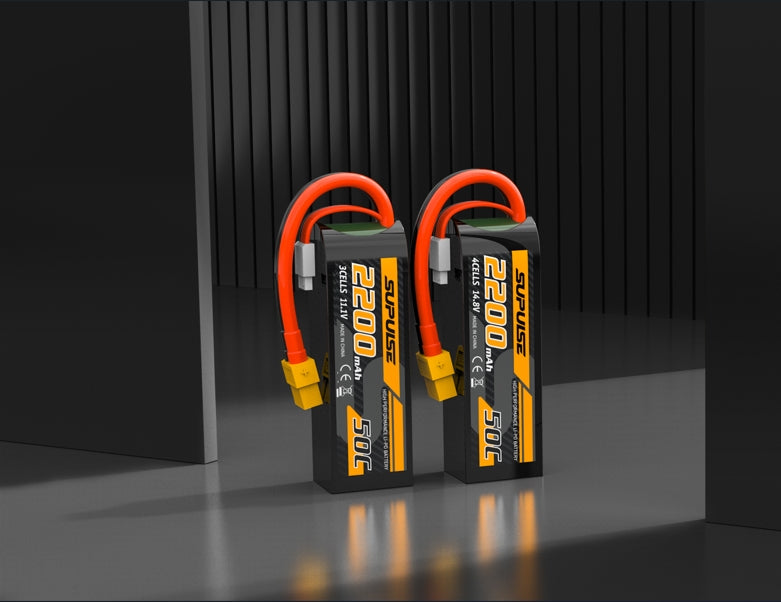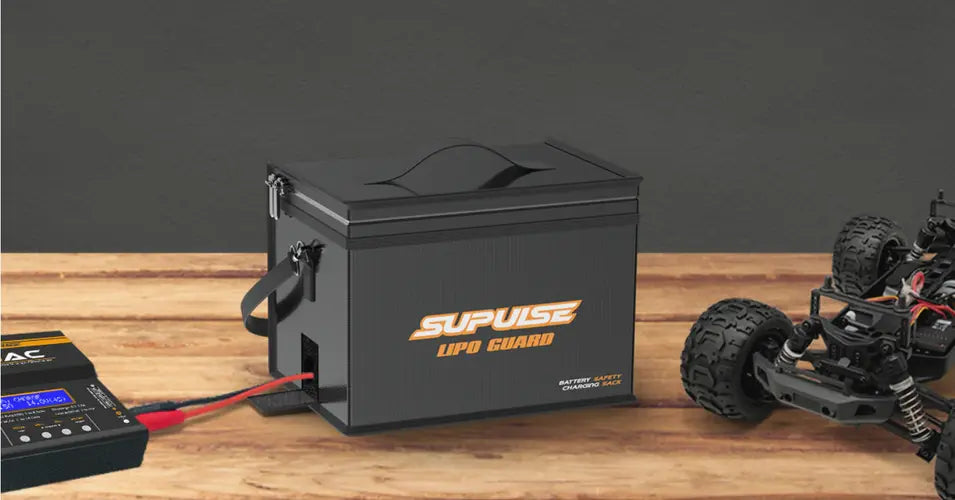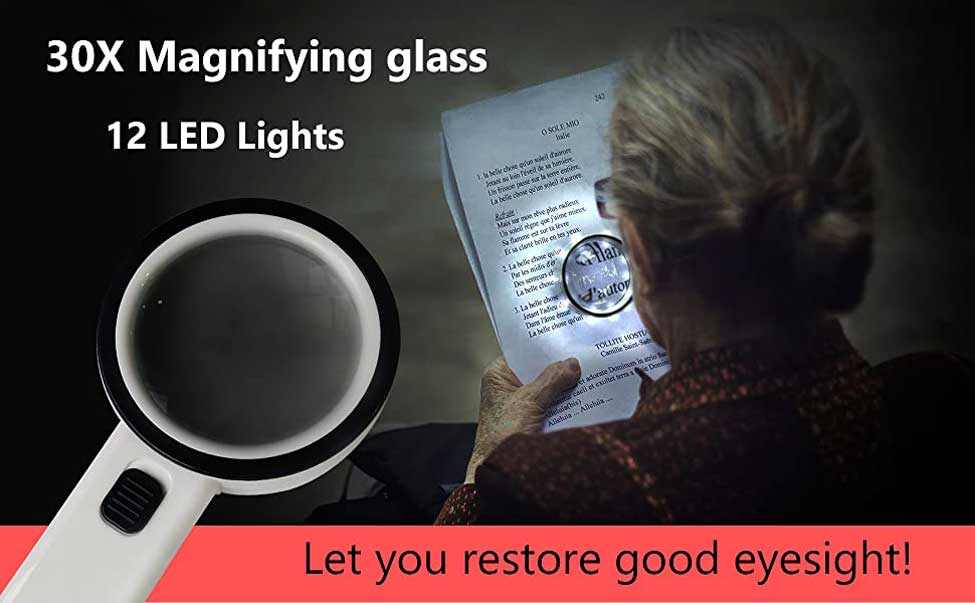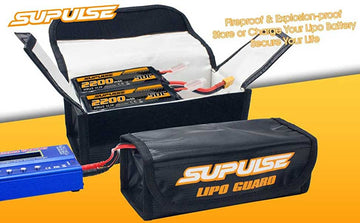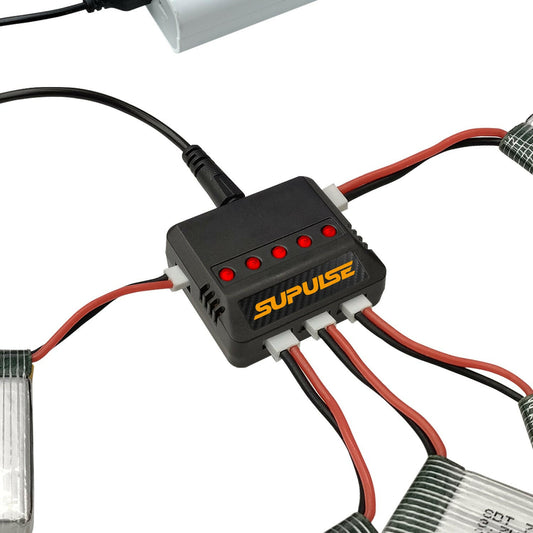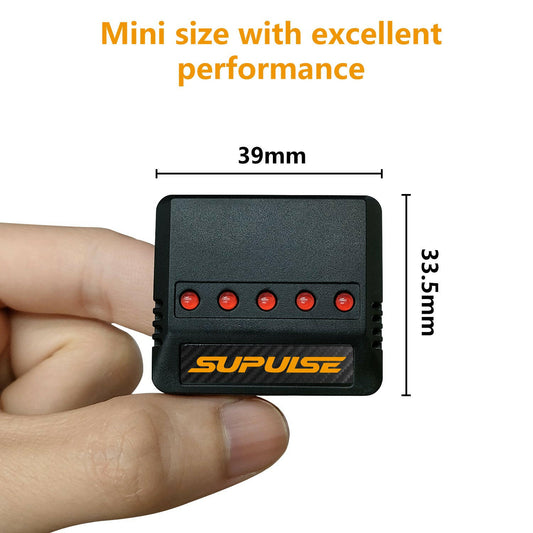When it comes to storing LiPo batteries, there are two aspects you need to be mindful of: the chemical aspect, and the physical aspect. Both are equally critical, and if any is overlooked or downplayed, your LiPos may get damaged, putting you in danger.
We have discussed about how to safely throw away your old lipos in our last post, so in this blog, we will go through everything you need to know about storing LiPos that will not only keep you safe; but also prolong your battery's cycle life.
Chemical Parameters
Unlike NiMH (Nickel-Metal Hydride) batteries, which can be stored fully charged or fully discharged, LiPos require a unique storage need. If you store a LiPo fully charged, this will exponentially increase the rate of a natural phenomenon known as “electrolyte decomposition”.
Electrolyte decomposition will cause your LiPos to puff up and your battery's internal resistance (IR) to rapidly increase. An overly swollen LiPo risks an inner foil rupture, which could result in a fire or explosion; meanwhile, an inflated IR will make your LiPo inefficient, reducing run-times and total cycle life.
On the other hand, if you store your LiPos undercharged, the internal makeup - anode (negative terminal) and liquid electrolyte - can get irreversibly damaged and your LiPo may never charge again.
To get the best results, you should always store your LiPos at 3.8V per cell. Using a modern LiPo charger such as the B6AC Lithium Battery Balance Charger, balance charge or discharge your battery to the correct voltage - and ensure that each cell is as balanced as possible. Never keep your LiPos fully charged for more than 24 hours as a general rule. Make it a habit to place your LiPos into storage mode if you know you won't be using them anytime soon.

Physical Parameters
You may think of putting away the lipo battery in a drawer and it's good to go -- nothing could be further from the truth. In fact, most LiPo issues arise from poor storage and the physical aspect is regarded by some as even more crucial.
First of all, you should always store your LiPos in a Fire Retardant LiPo Bag. Even when your LiPos aren't being used, a chemical reaction is still taking place. External factors such as direct sunshine, temperature fluctuations, and the humidity levels can have negative impacts on your LiPos. Thus, the simple habit of putting them in a LiPo Safe Bag will ensure that if anything does happen, you and the others around you are safe.
Next, you need to find a suitable place to actually place your LiPos. In general, any shaded area with a temperature of 4 - 21°C is considered best practice. If you keep your LiPos in a hot environment, this will ultimately shorten their cycle life. On the other hand, if you store it in a very cold environment, you will need to slowly bring it back to room temperature before it can perform at its best. The keyword here is “slowly” because a sudden increase in temperature will cause condensation in your battery - and lithium does not react well with water.
Taking Your LiPos Out Of Storage
If you only stored your LiPos for a short period, then you can safely charge them up and run to the fields with no problems. If your LiPos have been in storage for more than six months, check the Voltage (V) and Internal Resistance (IR) before charging. The voltage of each battery in a regular LiPo should not be less than 3V, and the IR should not be more than 80-90 % of the original value.
In Conclusion...
Put your lipos in storage if you will not be using them for more than 24 hours. Charge or discharge them to 3.8V per cell, securely place them into a LiPo Safe Bag, and find a shaded area that is at room temperature.
Keep in mind that if you treat your LiPos well, they will treat you even better. When properly maintained,Supulse LiPos can typically last you up to 2-3 years.














